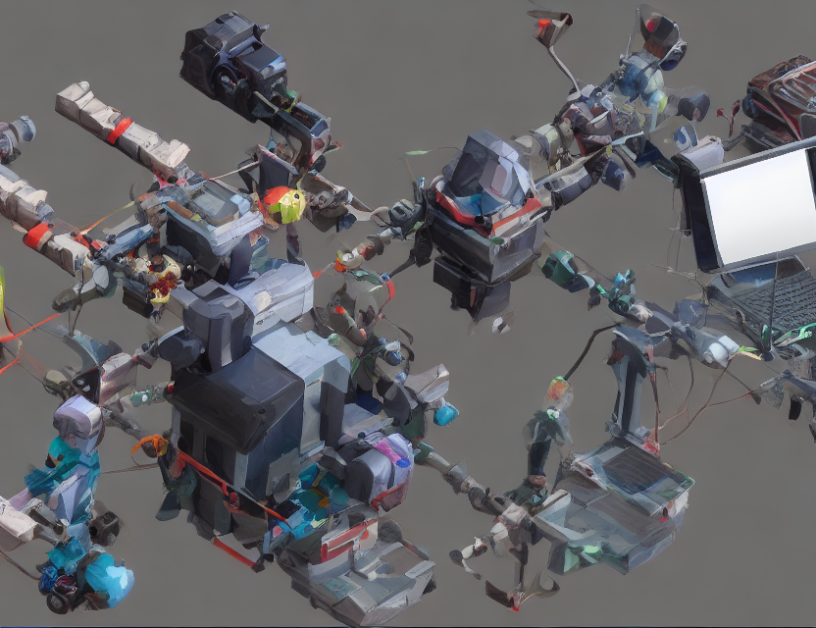In this paper, the authors propose a new approach to video understanding that is inspired by the way humans learn. They argue that traditional methods of video analysis focus on fitting larger and more complex models to the entire internet, which can lead to inefficiencies and biases. Instead, they suggest a directional research that aims to create smaller, more efficient models that are tailored to individual perspectives and experiences.
The authors acknowledge that their motivation for this approach may not be immediately clear to everyone, particularly in the context of current research landscape. However, they provide examples from everyday life to illustrate how humans learn and adapt to their surroundings. They suggest that by mimicking this natural process, video understanding models can be more efficient, have fewer biases, and be more privacy-friendly.
The authors also acknowledge the limitations of their approach, such as the need for large amounts of training data and the potential challenges in creating personalized models for individual perspectives. However, they argue that these challenges are worth addressing in order to create a more efficient and effective video understanding system.
In summary, the authors propose a new direction for video understanding research that is inspired by the way humans learn and adapt to their surroundings. They argue that this approach can lead to more efficient, bias-free, and privacy-friendly models, and they provide examples from everyday life to illustrate their idea. While acknowledging the limitations of their approach, the authors emphasize the potential benefits of this new direction for video understanding research.
Computer Science, Computer Vision and Pattern Recognition
Training Models in Personal Devices via Interactive Masked Autoencoders



